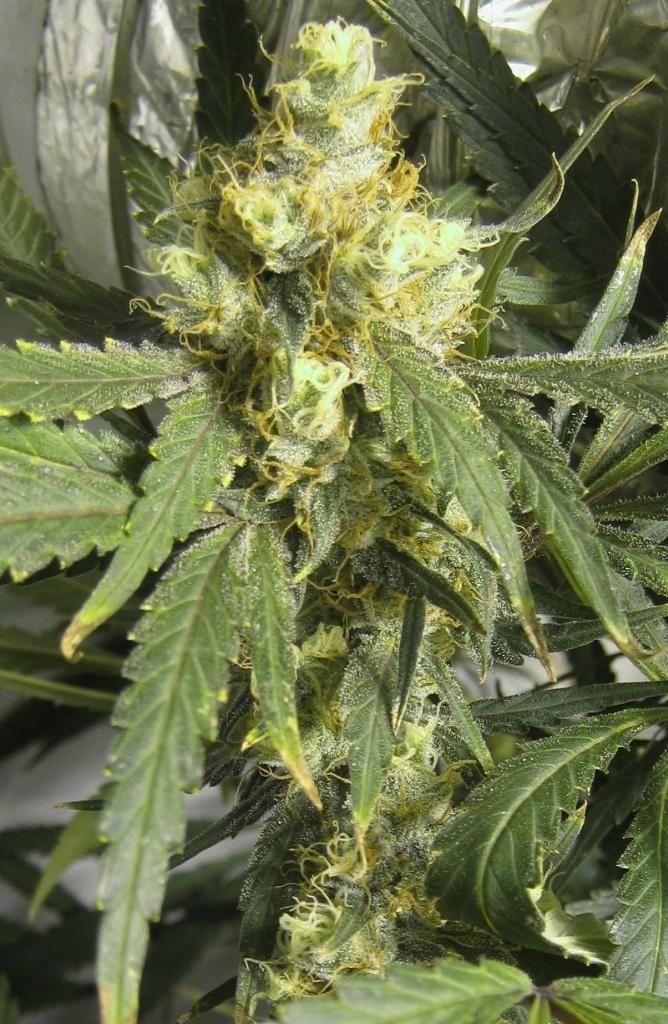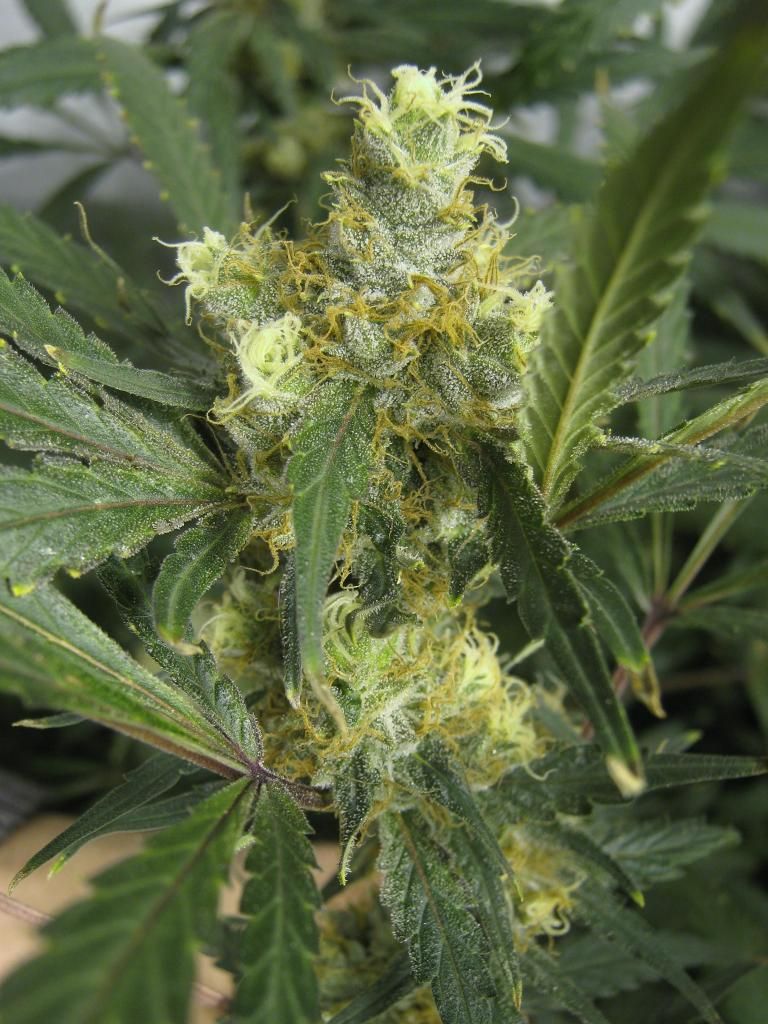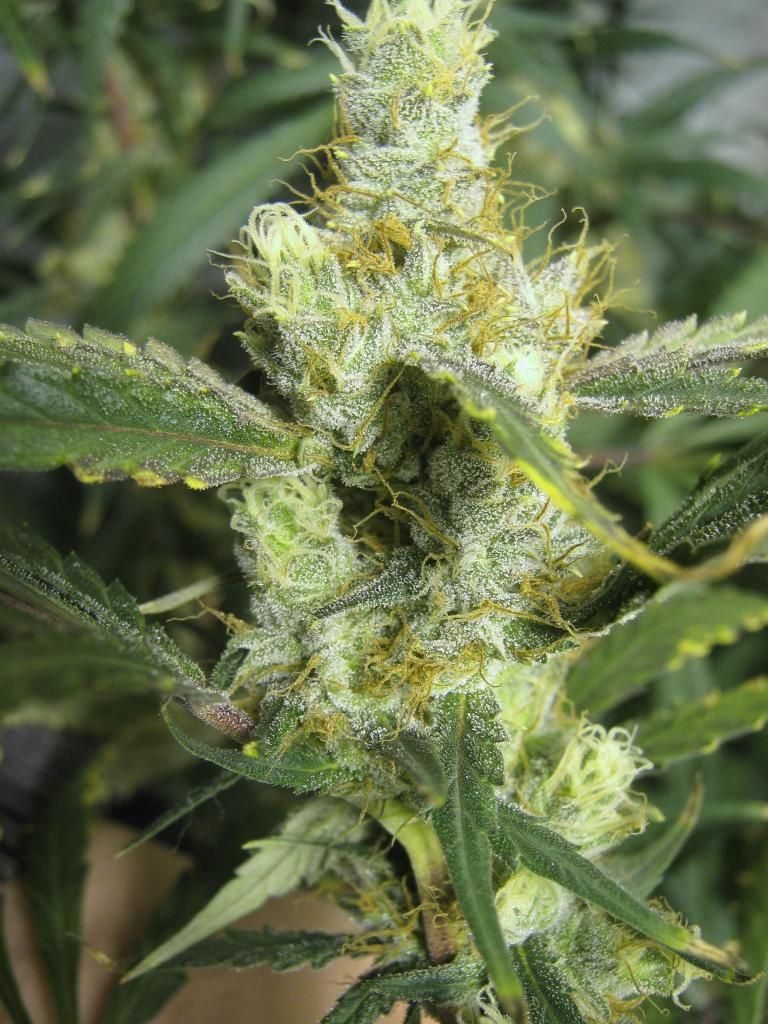surfguitar
Member
Lookin good man!

wtfn
I like it, I think.. ? Is the idea of the oats a source of sugars? (Why not just molasses?) Is it a more complex source?

Honestly I'm not entirely sure, but I think you're on the right track. If you were to prep castings with some moist molasses you'd get a more bacterial brew, but the castings would probably go anaerobic before brewing. Jeff Lowenfels mentions a variation on that technique in the book as a way to speed up brew times.
But oats and other grain crops are a preferred fungal food, so adding them a few days in advance of brewing with a little moisture allows the fungus to get a head start in advance of the brew. That's about all the info I have on it. You've read Teaming with Microbes, right?

So help me understand a little better - so you're taking the oats, blending/cracking them, .. And then what?
You mentioned the 60 oz/EWC you'll be tossing with the 1.6 C of cracked oats.. How much tea do you anticipate this to make?
Definitely diggin' the lesson here









Yes over watering will make your plants look like that too. Over watered=imbalanced. Once the leaves are damaged they can't get back to 100%, you have to observe the new growth. It is possible to over fertilize even with organics... I would just feed your plants plain water for the rest of the grow. Ime less is more.
Thanks, that's good to hear. I'm really not too worried about it given that I only have 3 weeks left but it's good to know that it's probably just my lack of experience/expertise watering large beds and not environmental factors that I don't understand.
I figured I'd have a hard time burning them since I barely amended anything into the soil, but I was definitely wrong about that. I had been feeding them kelp 2x weekly in addition to ~3 teas per week up until week 5 and now I'm on teas only. I'll do what you recommend with one exception --- I have all these fungal castings ready now and I wanna USE 'EM! I may have to throw it on my garden plot out back honestly.
When you have the money get yourself a blumat digital from sustainablevillage.com. it's like $45-55 I think. When my beds dry out to 180-200mbar I water them, and never before they dry out to those numbers. My trouble is judging how much water to use when transplanting. I think it's best to stay on the dry side. It's real easy to over water and once the water is in the soil you can't take it back.